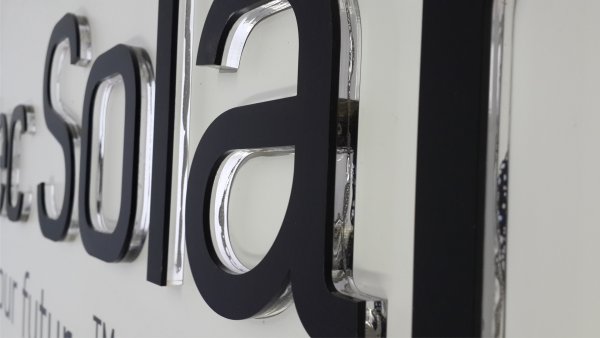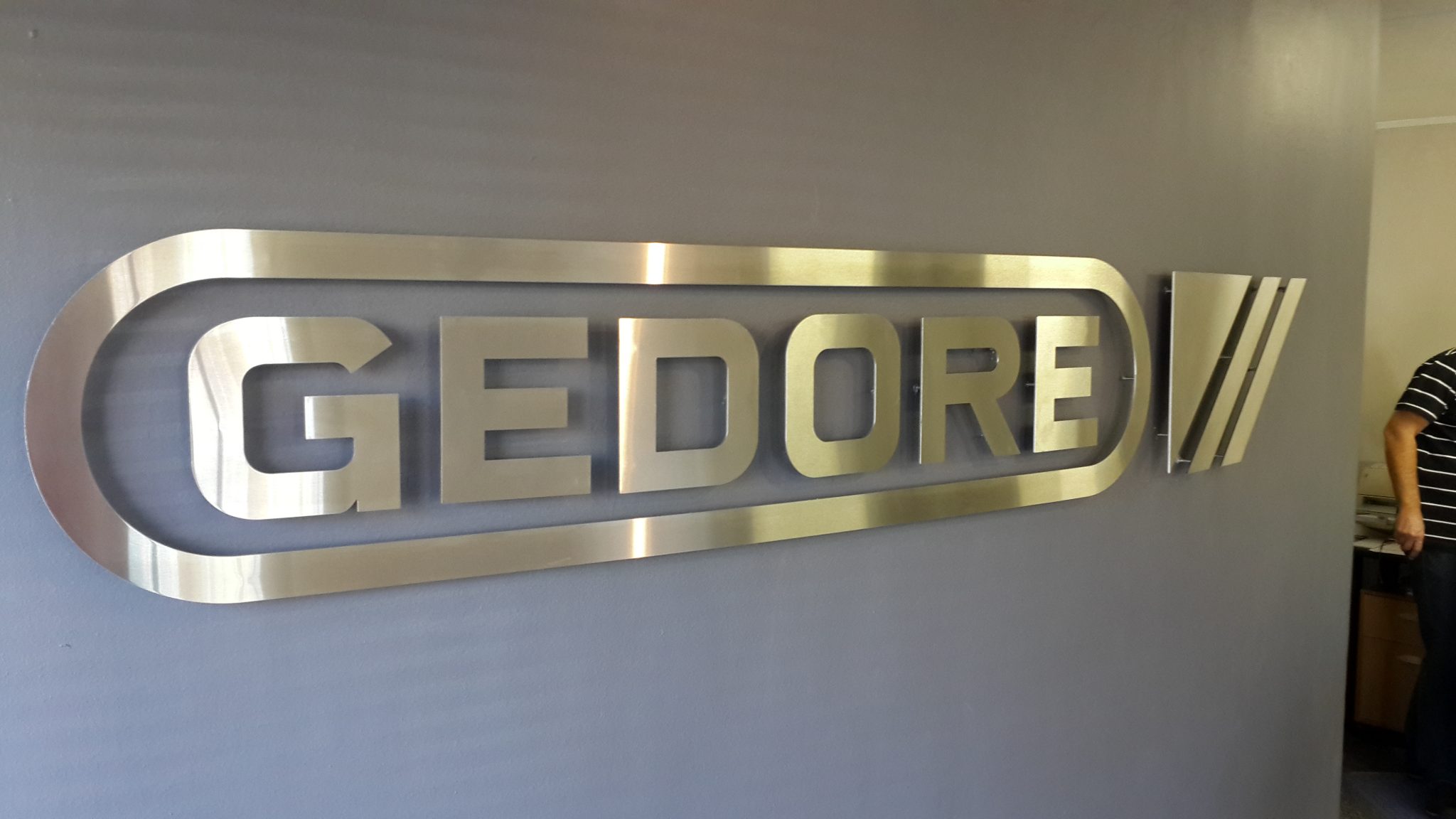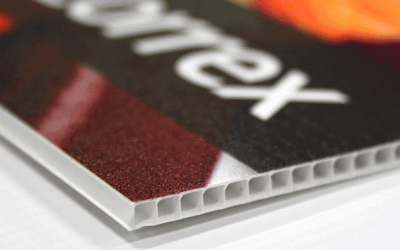The Right Sign for Your Business
Successful signage involves more than creating an attractive arrangement of logos and slogans. It is also a blending of complex elements such as marketing, demographics, an understanding of visual acuity, conspicuity, and obliquity. Complicating the task is the fact that the reader is usually moving, and the sign must be seen, read and understood in an instant.
No matter how good your product or service is, if your sign does not make people stop and shop, you will not be able to compete. In our highly competitive and media-rich world, an investment in professional sign design is worthwhile. Trained designers understand how to get the consumer’s attention. Most importantly, they know how to get the consumer to respond.
Remember, every major chain that exists today started out as a small business. Your long-term success can be shaped by the effectiveness of your street presence if it is professionally designed from the very beginning.
The right sign for your business must send the right message to your potential customers.
Elements of Good Signage
How well a sign works for your business depends in large part on how easy it is for people driving by to see and read it.
Placement
If the sign is mounted on the front of the building parallel to the roadway, research shows it needs to be at least 70% larger than the sign mounted perpendicular to the roadway, or it cannot be read in time. Note that if a sign has unfamiliar words or lots of words, it will also take longer to read.
The figures in the table can help determine whether your prospective business site will be visible to customers. For example, if the speed of traffic in front of the site is 30 mph, and the street has two lanes in each direction so that a lane change is needed, your customers will need to be able to see and read your sign from 410 feet away.
If your customers would not be able to see your business sign from that distance, you should consider another location.
The Right Size
Assuming the sign can be seen from the distance listed in Table 4, the next step is to figure out how large the letters on your sign need to be so that your message can be read.
Experts recommend designing signs with letters a minimum of one-inch tall for every twenty-five feet of distance. This makes them readable for all legal drivers. In our example, then, the smallest letters on a sign would be 16.4 inches in height if it were to be read from 410 feet away (assuming 30 mph traffic moving in two lanes in each direction). Note that if your sign is using fancy lettering that is more difficult to read, the minimum letter size must be increased significantly.
To figure out the smallest possible size your sign can be and still be readable, figure each letter in the message will take up one square. In our example, that would be 16.4 square inches, or 1.37 square feet, for each letter. That allows for space between lines and words. If the sign read, Lydia’s Beauty Supply, its 18 letters would need a minimum of 25 square feet just for the words. For optimum clarity, an additional 40% of empty or white space would be needed, for a total of 35 square feet. That would be the absolute minimum size for a perpendicularly mounted sign with no graphics and very plain, easy to read lettering.
Most businesses are not going to be well served by a small, plain sign with no graphics. The lettering style, the ability of graphics and logos to be easily recognized, whether or not the words on the sign are familiar and easy to read, the lighting methods used, and even the colors used all impact people’s ability to see and read a sign.
Height
Now that you know where your sign will be placed and how large it needs to be the next question is how tall the sign needs to be. The further away the sign will be read, and the further it is from the road, the taller the sign must be to be visible from a car. Freeway signs intended to be read from great distances should be very tall; signs located in a business district with 30 mph traffic only need to be tall enough that parked and moving vehicles will not block them from view.
Illumination
Lighting is essential for most signage. It allows your sign to be visible and readable day and night, in all kinds of weather. When a sign is illuminated, drivers can read it more quickly. Another benefit of an illuminated sign is that 24-hours a day it is advertising your business. Even when your business is closed, that constant reminder helps build memory of your business.
Signs are generally illuminated by one or a combination of three basic methods: by lamps mounted outside it and oriented to shine on the sign’s face, by internal illumination that shines through the sign’s face, or by illuminated elements such as exposed bulbs, LEDs, or neon-style tubing. A wide variety of illumination methods are available, and rapidly developing technology is creating a virtually unlimited variety of possibilities, many of which are very economical to install and maintain, as well as being energy-efficient.
When you select the color scheme for your business, you should consider your sign’s illumination options at the same time, because the illumination you choose can have an effect on the sign’s appearance. Some businesses want their sign’s colors to match their print and other media advertising exactly. Some forms of illumination are much better than others at accurately displaying color. If accurate portrayal of your business’s colors is important, you should choose an illumination source with a high Color Rendering Index (CRI) rating.
A properly lighted sign should be bright enough that it can compete with other signs in the area without being annoying. Many cities are beginning to impose limits on brightness, so before designing a sign you should check to see what those limits might be to determine whether your sign will be visible at night.




0 Comments